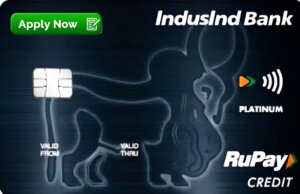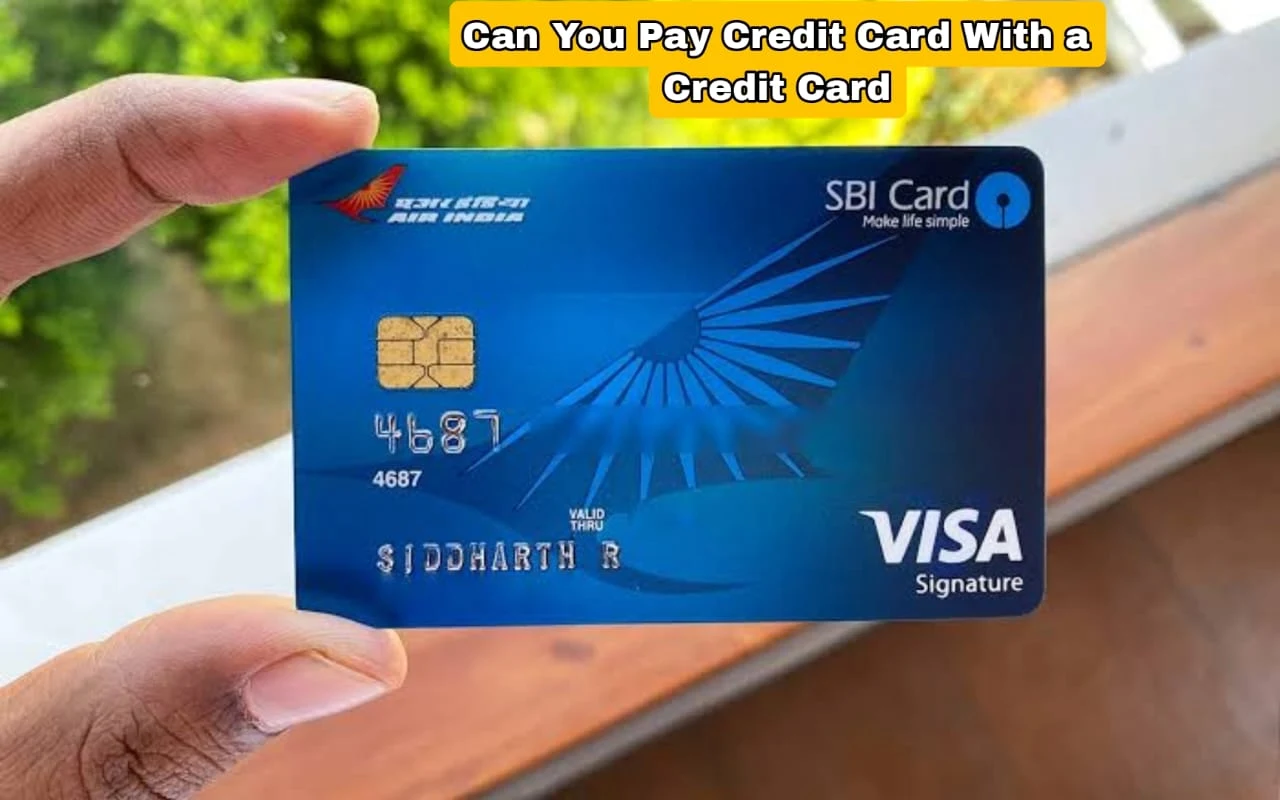Can You Pay a Credit Card With a Credit Card?
Credit cards are one of the most commonly used financial tools around the world. They offer a convenient way to borrow money, build credit, and manage short-term expenses. However, with rising debt levels, many individuals find themselves asking a key question: Can you pay a credit card with another credit card? While the idea might seem logical—after all, both are lines of credit—the reality is more complex. This essay explores the practicalities, methods, restrictions, and risks of using one credit card to pay off another, along with viable alternatives and financial implications.
Understanding How Credit Cards Work
Before diving into the main question, it's important to understand the basics of credit card operations. A credit card is essentially a revolving line of credit. When you make a purchase using your card, you borrow money from your credit issuer, with the agreement that you will repay it within a billing cycle or over time with interest.
Each month, you receive a statement with a due date and a minimum payment. If you pay the full balance by the due date, you avoid interest charges. If not, interest begins to accrue, often at a relatively high rate compared to other types of loans.
Now imagine someone is facing a large balance on their credit card and struggling to pay it off. They might think: Can I just use another credit card to pay off this one? That brings us to the central issue.
Direct Payment From One Credit Card to Another
In most cases, you cannot directly pay a credit card bill with another credit card. That is, your credit card issuer will not allow you to enter the 16-digit number of a different credit card as your payment method. Credit card payments are generally accepted only from a bank account, such as a checking or savings account.
Credit card companies want their payments to come from actual funds, not another borrowed source. Allowing direct credit card-to-credit card payments would encourage a cycle of revolving debt, increasing the risk of default. This is why most credit card issuers do not support such transactions directly.
Indirect Methods: How You Can Use One Credit Card to Pay Another
Although direct payments are not allowed, there are indirect ways to use one credit card to pay another. These methods involve a bit of creativity and often come with fees or interest, so they must be approached with caution.
1. Balance Transfers
The most common method is a balance transfer. This involves moving the balance from one credit card to another, typically to take advantage of lower interest rates or promotional offers.
For example, suppose you owe $5,000 on Card A with a 22% interest rate. Card B offers a 0% APR balance transfer for 12 months, with a 3% fee. You can transfer the $5,000 from Card A to Card B, paying the fee (in this case, $150), and benefit from a year of interest-free repayment.
Pros of balance transfers:
-
Can save money on interest.
-
Often come with promotional 0% APR periods.
-
Allows consolidation of multiple debts.
Cons of balance transfers:
-
Balance transfer fees (typically 3–5%).
-
Limited promotional period.
-
Can harm your credit utilization ratio temporarily.
2. Cash Advances
Another option is to take a cash advance from one card and use the funds to pay the other. This can be done by withdrawing money from an ATM or requesting a convenience check from your issuer.
However, this is usually a bad idea. Cash advances come with steep fees (often 3–5%) and start accruing interest immediately—without a grace period. Cash advance APRs are also usually higher than purchase APRs.
Risks of cash advances:
-
High fees and interest from day one.
-
Can damage credit utilization.
-
Often subject to a lower limit than your total credit line.
3. Using a Payment Service
In some rare situations, you can use a third-party payment service—like PayPal or mobile payment apps—to route money from one card and pay a credit card bill. However, these services often treat such transactions as cash-like, which means they may be categorized as cash advances.
For example, if you use a service to send money from one card to your PayPal account, then withdraw it to your bank account and use that bank to pay your card bill, you are technically using one card to pay another. But again, fees and cash advance APRs may apply.
Why Do People Try to Pay a Credit Card With Another Credit Card?
This question usually arises out of financial stress or strategic debt management. Some common motivations include:
Avoiding late payments or default: When individuals cannot afford the minimum payment, they may consider using another card to stay afloat temporarily.
-
Reducing interest charges: Balance transfer offers can be an attractive way to save money.
-
Consolidating debt: Some people prefer to move multiple card balances onto a single card for easier management.
-
Gaming rewards: Some try to earn credit card rewards by using creative methods to shift funds—though this is risky and often flagged by issuers.
The Risks Involved
While indirect methods do exist, using one credit card to pay another comes with significant risks. Here are some of the biggest pitfalls to be aware of:
1. Debt Cycling
This is the most dangerous risk—constantly moving debt from card to card without actually paying it down. It can lead to a debt spiral, where fees and interest keep mounting, making it harder to recover financially.
2. Credit Score Damage
If your credit utilization ratio increases due to transfers or cash advances, your credit score could take a hit. Additionally, applying for new credit cards for balance transfers results in hard inquiries on your credit report.
3. Fees and Interest
While promotional offers can save money, many of these tactics come with hidden costs. Cash advances especially can be more expensive than the original problem.
4. Fraud Detection and Account Freezes
Unusual behavior—such as sending money from one card to another through third-party apps—can trigger fraud alerts or result in account suspensions.
Legal and Ethical Considerations
While not illegal, using one credit card to pay another via loopholes may be seen as financial manipulation or risky behavior. It’s important to remain transparent with your card issuers and avoid misleading practices. For example, using convenience checks or PayPal for manufactured spending can violate user agreements and result in account closures.
Alternatives to Consider
Instead of relying on credit card-to-credit card payments, consider more sustainable and effective strategies to manage your debt.
1. Debt Consolidation Loans
Personal loans are a solid alternative for consolidating credit card debt. They often come with lower interest rates and fixed monthly payments, making it easier to budget.
2. Credit Counseling Services
Non-profit credit counseling organizations can help you set up a debt management plan (DMP), where they negotiate with creditors to lower interest rates and consolidate your payments.
3. Budgeting and Expense Reduction
Sometimes the best solution is simply reworking your budget. Cutting discretionary expenses or taking on a temporary side job can help free up the cash needed to make payments.
4. Hardship Programs
Many credit card companies offer hardship programs for those facing financial difficulties. These may include reduced interest, waived fees, or modified payment schedules.

When It Might Make Sense
Despite the risks, there are scenarios where using one credit card to pay another could make financial sense, if done responsibly:
-
You're taking advantage of a 0% APR balance transfer and have a plan to pay it off during the promotional period.
-
You're consolidating debt from multiple cards into one for simplicity.
-
You're closing a high-interest card and moving the balance to a lower-interest one.
In each case, the key is discipline and a clear payoff strategy.
Expert Advice: What Financial Professionals Say
Most financial advisors warn against using credit to pay credit unless you’re doing a strategic balance transfer. The general advice is to tackle the root issue—high-interest debt—through budgeting, increasing income, or using structured repayment strategies like the debt snowball or debt avalanche methods.
They emphasize that credit cards are not long-term debt solutions, and the cycle of borrowing to pay borrowing only delays the problem.

Conclusion
So, can you pay a credit card with another credit card? Technically, no—you can’t do it directly. But through balance transfers, cash advances, or third-party workarounds, it’s possible to use one credit card to cover another’s debt. However, these methods come with a host of risks—fees, interest, credit damage, and ethical concerns.
The better approach is to address the financial issue head-on through budgeting, debt consolidation, or professional help. Credit cards should be used as financial tools—not as lifelines from one form of debt to another. Understanding the consequences and planning accordingly is essential to maintaining financial health and avoiding a cycle of perpetual borrowing.

Read More: -






.jpeg)


